New research shows AI earthquake tools forecast aftershock risk in seconds
Earthquake forecasting tools powered by artificial intelligence (AI) can forecast the risk of aftershocks seconds after the initial tremor, a study by BGS, the University of Edinburgh and University of Padua suggests.
25/11/2025 By BGS Press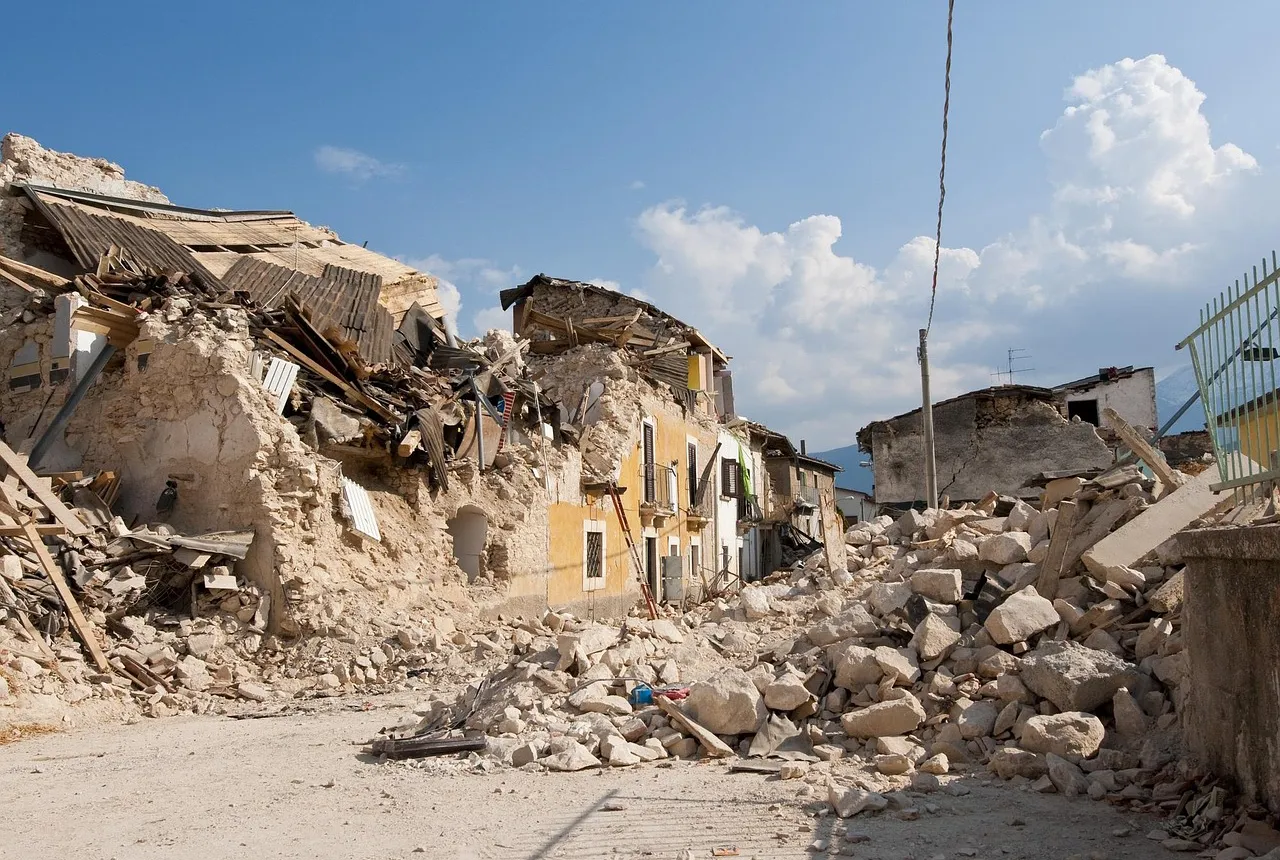
Current methods used to forecast aftershocks – secondary quakes that can prove more deadly than initial earthquakes – can take several hours or days, but now, new machine learning models have been developed that can forecast where, and how many, aftershocks will take place following an earthquake in close to real-time.
Researchers from BGS, the University of Edinburgh and University of Padua created the AI-driven forecasting tools. They were developed by training machine learning models on earthquake data from California, New Zealand, Italy, Japan and Greece – parts of the world that regularly experience earthquakes.
The rapid forecasts produced by AI-powered tools could help authorities with decision-making about public safety measures and resource allocation in disaster-hit areas. The team analysed AI models’ ability to produce forecasts of how many aftershocks will take place within the 24 hours following earthquakes of magnitude 4 or higher.
They compared the performance of their AI models with the most widely used forecasting system – known as the Epidemic-Type Aftershock Sequence (ETAS) model – which is used operationally in Italy, New Zealand and the US.
While both model types show similar performance at forecasting aftershock risk, the ETAS model took much longer to produce results – up to several hours or days on a single mid-range computer – as it involves running a large number of simulations, the team says.
By training the AI tools on records of past earthquakes from regions with different tectonic landscapes, researchers say their models could be used to forecast aftershock risk in most parts of the world that experience earthquakes.
The research, published in the journal Earth, Planets and Space, was supported by the European Union’s Horizon 2020 research and innovation programme under the Marie Skłodowska-Curie SPIN Innovative Training Network.
This study shows that machine learning models can produce aftershock forecasts within seconds, showing comparable quality to that of ETAS forecasts. Their speed and low computational cost offer major benefits for operational use: coupled with the near real-time development of machine learning-based high-resolution earthquake catalogues, these models will enhance our ability to monitor and understand seismic crises as they evolve.
PhD student Foteini Dervisi, of BGS and the University of Edinburgh’s School of GeoSciences, who led the study.
Relative topics
Related news

New research shows AI earthquake tools forecast aftershock risk in seconds
25/11/2025
Earthquake forecasting tools powered by artificial intelligence (AI) can forecast the risk of aftershocks seconds after the initial tremor, a study by BGS, the University of Edinburgh and University of Padua suggests.

UK braced for what could be the largest solar storm in over two decades
12/11/2025
Intense geomagnetic activity could disrupt technology such as communication systems, global positioning systems and satellite orbits.

New research highlights significant earthquake potential in Indonesia’s capital city
04/11/2025
Research reveals that a fault cutting through the subsurface of Jakarta could generate a damaging earthquake of high magnitude.

GSNI project wins multiple awards at RegioStars event
17/10/2025
The AGEO project enjoyed a double success at the RegioStars awards, hosted at the European Commission in Brussels.
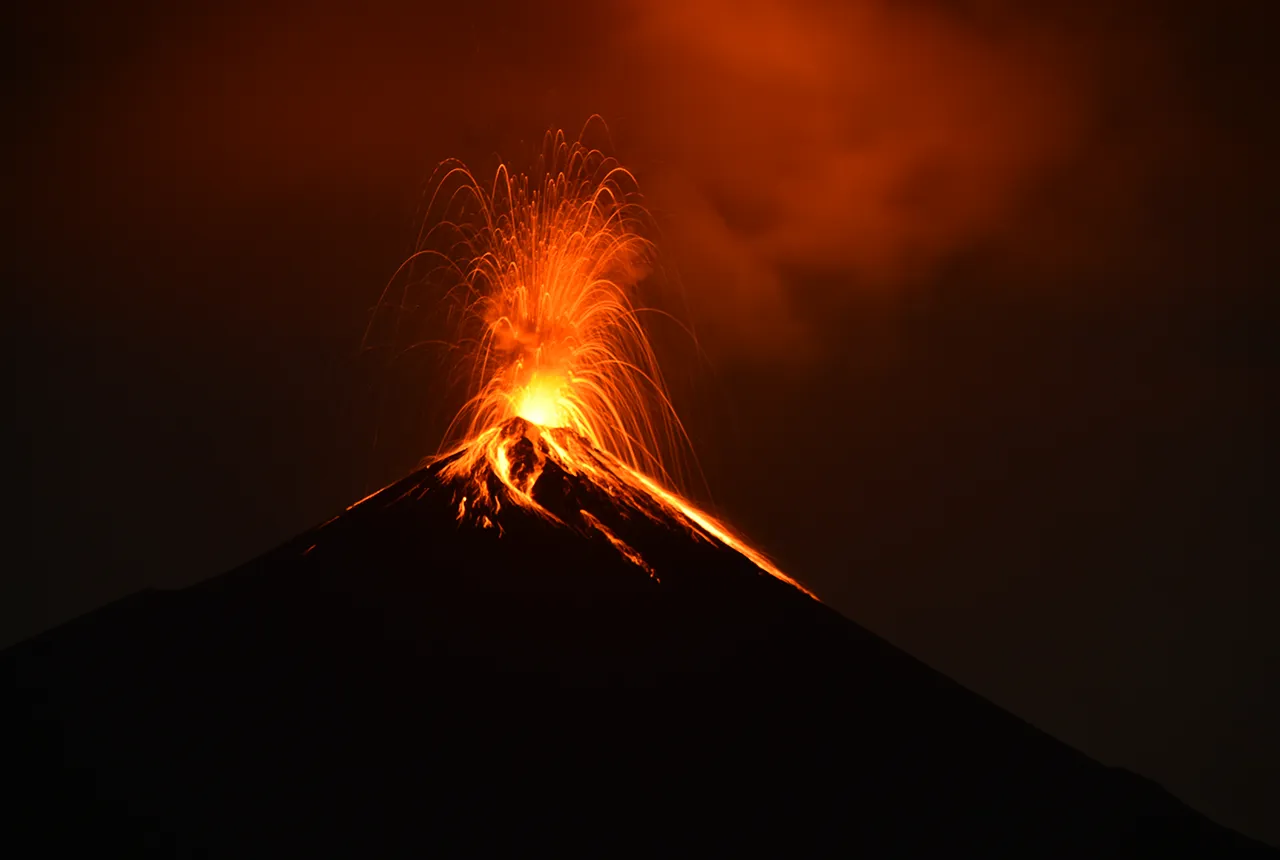
Fieldwork on Volcán de Fuego
13/10/2025
Understanding how one of the world’s most active volcanoes builds up material, and how they collapse to feed hot flows
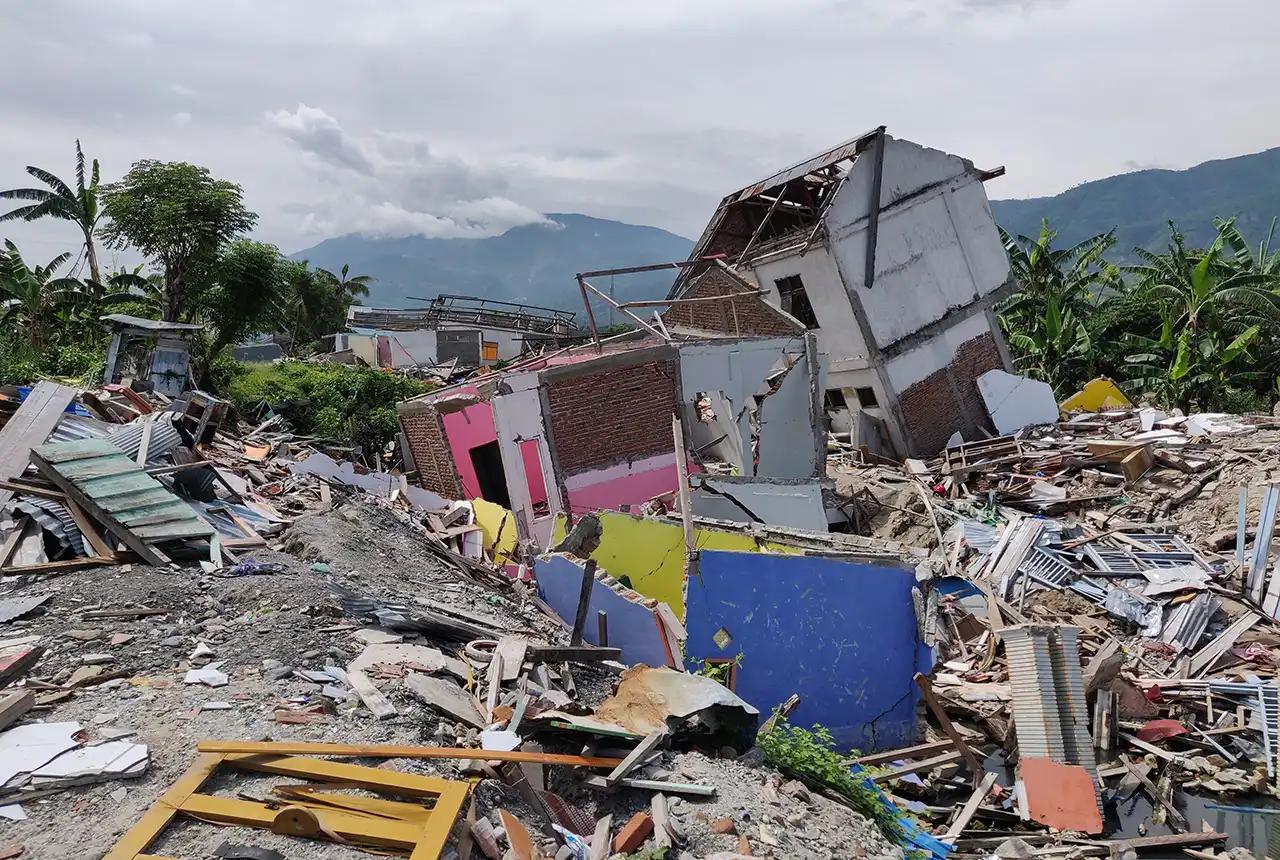
New report sets pathway to reduce the impacts of geohazards in one of the world’s most hazard-prone nations
30/09/2025
A new White Paper, co-developed by Indonesian and UK hazard experts, presents a strategic roadmap to significantly reduce the impacts of geological hazards in Indonesia.
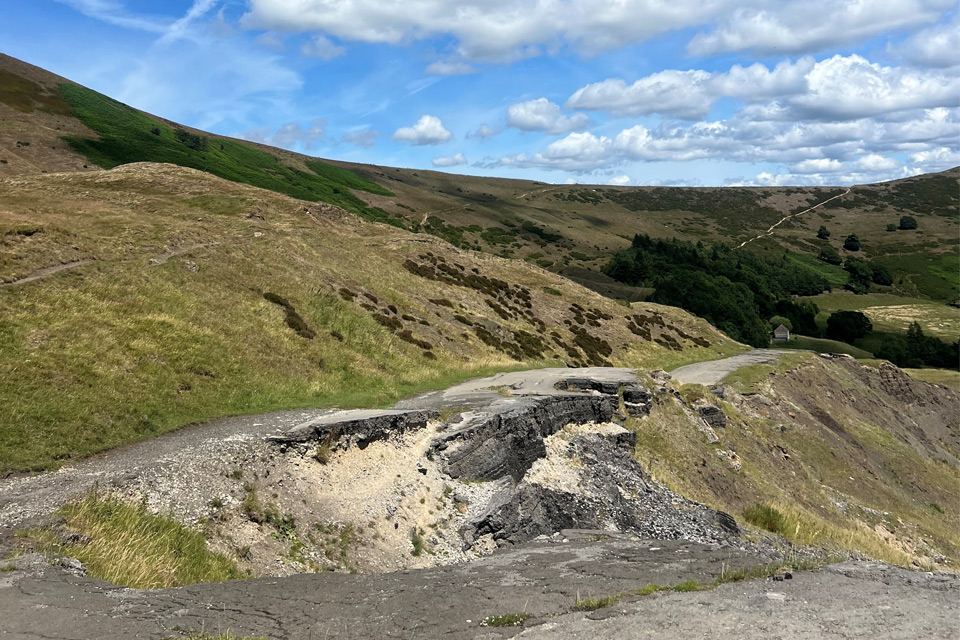
Artificial intelligence helps scientists identify 3000 moving slopes potentially at risk of landslide
25/09/2025
A new approach that combines AI and satellite data has been used by scientists to detect actively moving landslides at a national scale.

UK scientists in awe-rora as national coverage of magnetic field complete for the first time
23/09/2025
New sensors being installed across the UK are helping us understand the effects that extreme magnetic storms have on technology and national infrastructure.

BGS-led paper scoops prestigious award
16/09/2025
New research providing earlier warnings of landslides has been awarded the British Geotechnical Association medal.

PhD adventures in the Philippines: coring around Lake Bulusan
05/09/2025
Chris Bengt recounts his two-week field trip to Bulusan Volcano Natural Park in the Philippines to collect lake sediment cores, fresh soil and water samples.
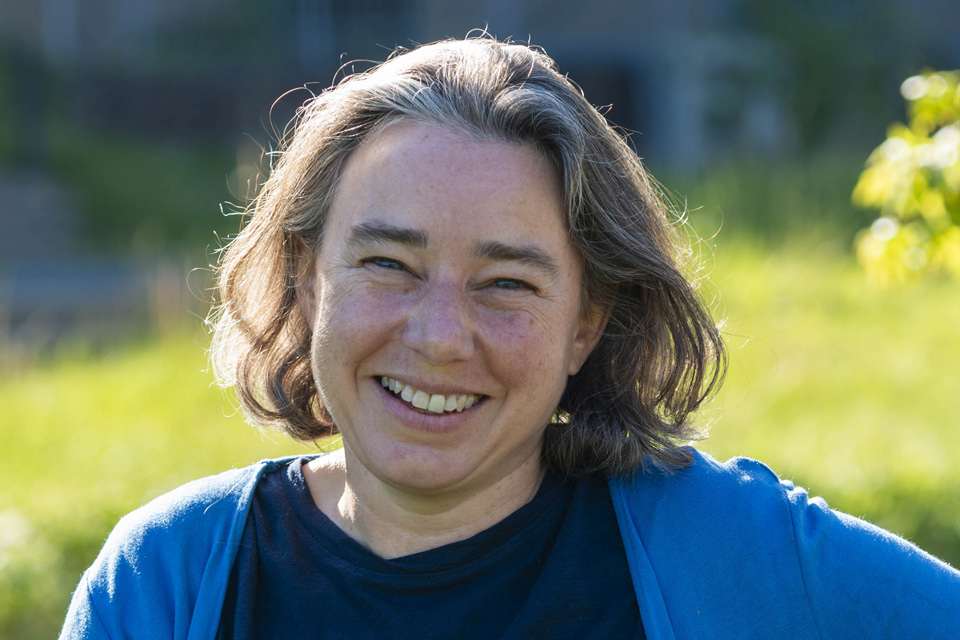
Dr Kathryn Goodenough appointed as honorary professor by the University of Aberdeen
25/08/2025
Dr Goodenough will take up the position within the School of Geosciences with a focus on critical minerals and the energy transition.
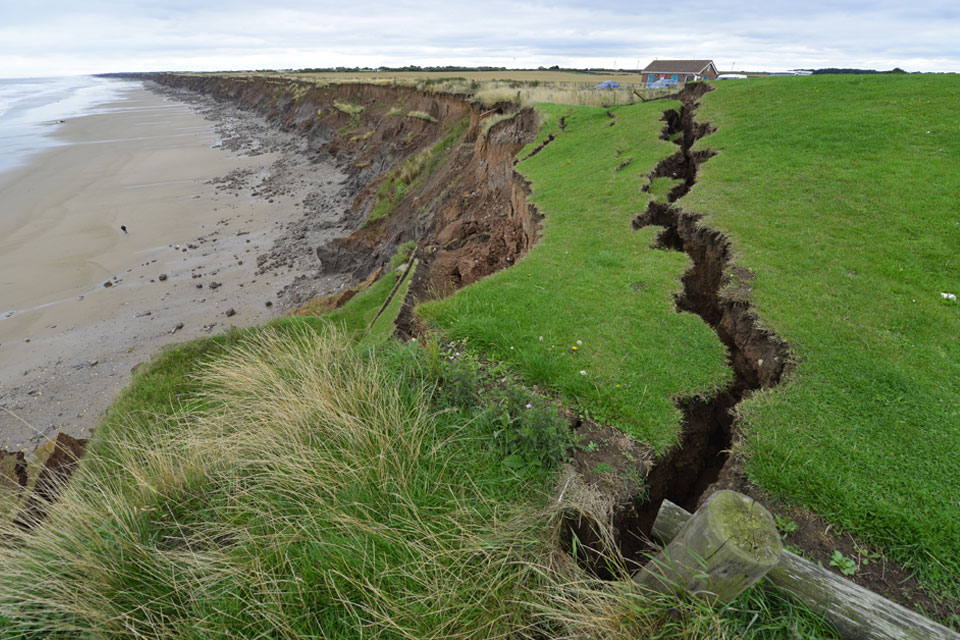
BGS scientists work with United Nations to update hazard profiles
21/08/2025
From tsunamis to sinkholes, the profiles provide a standardised, internationally agreed definition of hazards to support disaster risk management worldwide.



